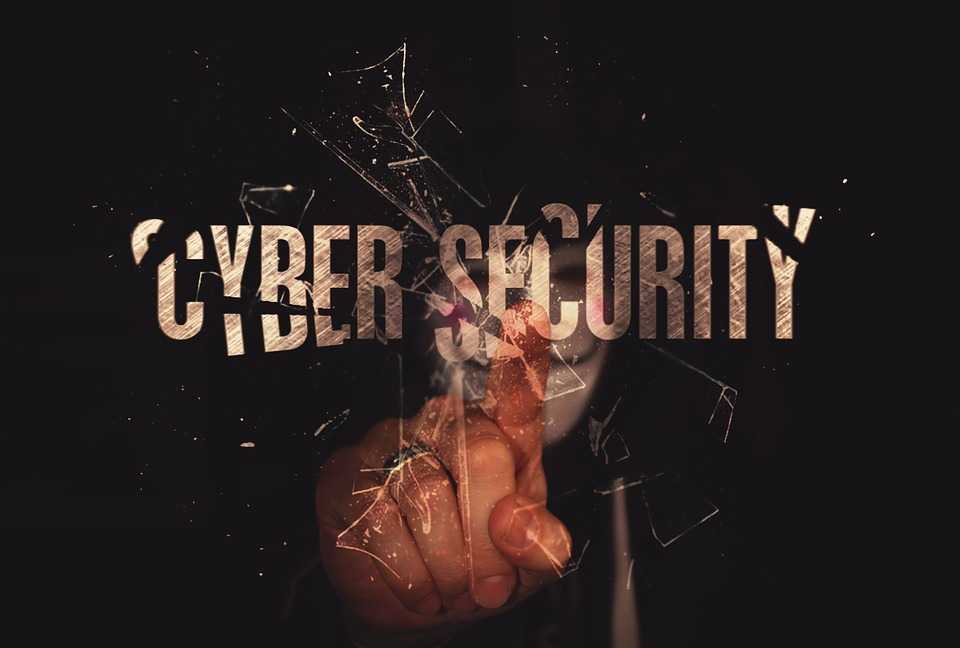
CyberSecurity
We often need to use a unique window to control faraway computers, called “Windows Remote Desktop.”
But, like genuine windows, bad people might try to get in if we don’t lock it properly. Our article is like a guide to help you use a shield of protection, called cybersecurity, to keep your remote window safe.
We’ll show you easy ways to do this so you can use your particular window without worrying about cyber trouble. Let’s explore how to keep your Remote Desktop secure and outsmart the digital bad guys!
Understanding RDP Security
This article will help you understand Microsoft RDP security.
Authentication Matters
When you log in to a remote system through RDP, you’re essentially opening a virtual window to that machine. To ensure the account stays locked, robust authentication is the key.
Two-factor authentication
This security measurement needs your password and the verification method, such as a code sent to your smartphone. Two-factor authentication for its users ensures that no one can enter their account, even if they know the password.
Microsoft’s Windows RDP
RDP is prominently featured in Microsoft’s Windows operating system. It’s made to give seamless remote access capabilities, making it a preferred choice for businesses and individuals.
With great power comes great responsibility – as RDP’s popularity arises, so does the need to secure it effectively.
Proven Measures for RDP Security
Here are some of the proven measures for RDP security.
Multi-Factor Authentication
Adding more security through MFA can instantly reduce the risk of unauthorized access.
Multi-factor authentication solution for Windows accounts requires you to provide additional information besides your password, making it much harder for attackers to breach your account, even if they have your password.
Network Protection
Erect a protective shield by employing Virtual Private Networks (VPNs) to encrypt RDP traffic, safeguarding it from unsafe sites. Additionally, configure firewalls to block any unauthorized access attempts.
Regular Updates and Patches
Keep your account safe by maintaining up-to-date RDP software and host systems. Swiftly apply security patches to seal potential entry points for cyber threats.
Advanced Techniques for RDP Security
Let’s talk about the advanced techniques for RDP security.
Network Segmentation
Network segmentation involves dividing your network into smaller segments, limiting the pathways that cyber threats can exploit.
It helps your account be safe from any attacks from various places.
Behavioral Analytics and AI
Behavioral analytics, powered by artificial intelligence, identifies deviations from normal user behavior, signaling potential breaches.
Think of behavioral analytics as a digital security guard that raises the alarm if someone suddenly starts acting out of character.”
Incident Response Planning
A well-prepared incident response plan outlines step-by-step actions to mitigate and recover from security breaches swiftly.
Consider an incident response plan as a warning for an attack that may occur—making you ready to react on time when being attacked by a virus or hacker.
User Education and Best Practices
Strong Password Hygiene
Creating strong and unique passwords is your first line of defense. Avoid using easily guessable combinations like “123456” or “password.”
Opt for a mix of uppercase and lowercase letters, numbers, and special characters to create a robust password that’s difficult to crack.
It’s also important to update your passwords regularly and avoid using the same password for multiple accounts.
Strong Authentication
Strengthening your first line of defense requires solid and unique passwords for RDP access. Add more security through two-factor authentication (2FA) to ensure only authorized users can gain entry.
Stay Informed about Phishing
Phishing attacks remain among the most common methods cybercriminals use to steal login credentials.
Be cautious of unsolicited emails, especially those asking for your RDP credentials. Always find out who the person is first, and stop opening sketchy links sent on your email or other social media accounts.
Ensuring Physical and Environmental Security
Ensuring physical and environmental security is a critical yet often overlooked component in safeguarding your systems, particularly regarding remote access tools like Windows Remote Desktop Protocol (RDP).
Physical device protection forms the foundation of this security layer. Just as you would lock your doors to prevent unauthorized access to your home, securing your devices with RDP capabilities is paramount.
Utilizing lock screens, password-protected user accounts, and even physical locks for server rooms can prevent unauthorized physical access.
This practice becomes even more critical in shared office spaces or environments where multiple individuals may access the same device.
Conclusion
As the popularity of Microsoft’s Windows RDP soars, our responsibility to protect it grows exponentially.
We’ve found proven actions that create the backbone of RDP security. Strong authentication, network protection through VPNs, and the vigilant application of updates and patches erect a robust defense against lurking digital adversaries.
We’ve walked you through the journey of understanding the critical security considerations surrounding Microsoft RDP.
As you safeguard your home with a heavy lock, your virtual window wants hefty authentication.
The concept of two-factor authentication (2FA) emerges as the sentinel, ensuring only the rightful user gains entry.






